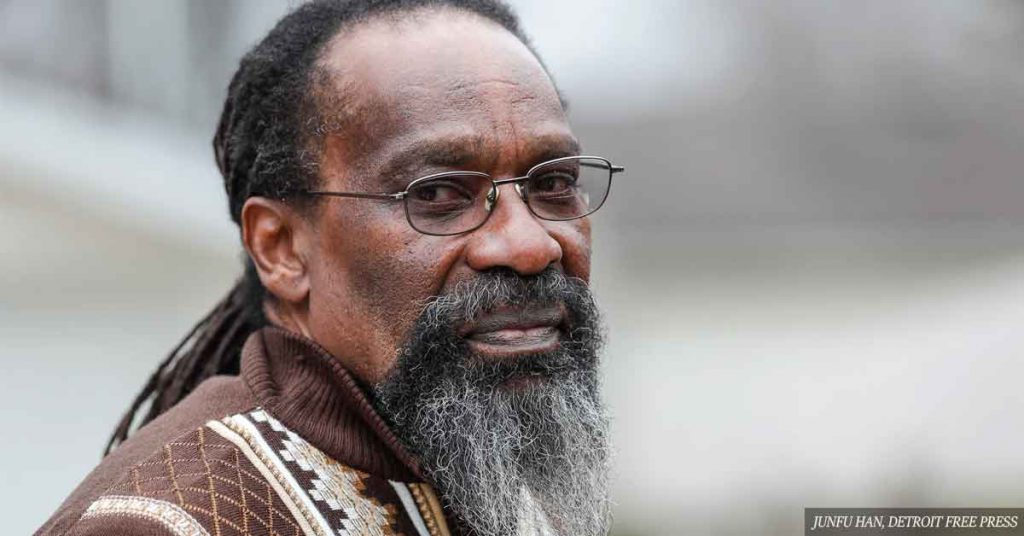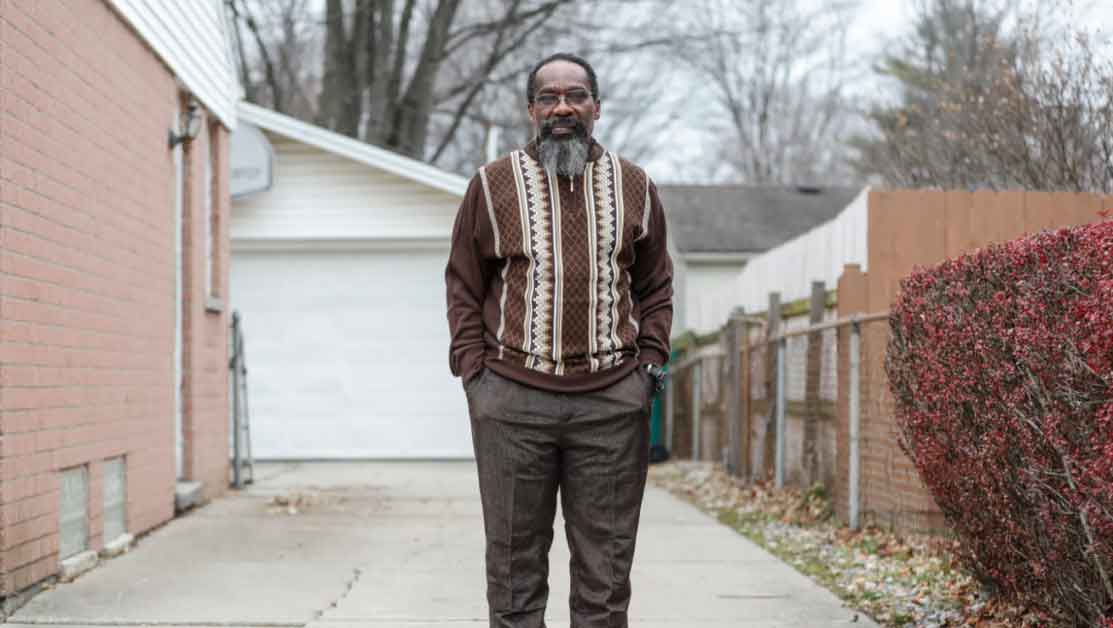
Man, 63, Imprisoned For Nearly 40 Years, Freed After Key Witness Recants Her Story
Published on April 16, 2021 at 2:46 PM by Mc Noel Kasinja
We already told you the story about Ronnie Long from North Carolina, who spent 44 years in prison for a crime he did not commit.
Today, we tell you the story of Walter Forbes, 63, who had the same fate. Forbes spent nearly 40 years in jail. He was accused of the murder of Dennis Hall. The two men were involved in a fight outside a bar in a small Michigan town. The day after the fight, Hall shot at Forbes four times as an act of revenge. Shortly after, Hall died in an apparent arson fire, leading to Forbes receiving a life sentence in prison without parole.
As CNN reports, the unfortunate chain of events happened in Jackson in 1982, when Forbes was still a young college student. He was sentenced to life in 1983.
After 38 long years, the wrongfully convicted man was finally freed after a key witness of the arson took back her testimony, as per Detroit Free Press.
Hall died while on bail for shooting at Forbes.
While his fiancé and their young daughter managed to escape, Hall died in the fire. Court documents revealed that fire investigators found a blue gasoline container and evidence of accelerants at the scene.
When Forbes heard about the arson on the radio, he knew he was going to be the main suspect following their previous encounter. He said:
“Some way they’re going to try to frame this on me. That thought went through my mind.”
Three months after Hall’s death, a young mother accused Forbes of initiating the fire.
Annice Kennebrew, who was only 19 at the time, testified that she had seen Forbes and two other men carry red gasoline canisters near the building. She also claimed she saw them pour the flammable liquid around it.
However, her words differed from what investigators had found previously. One of the main differences was that the gasoline was poured inside the building, not around it. Besides, the container was blue, not red as Kennebrew described it.
Nevertheless, after one of the men passed the polygraph and the other one was acquitted, Forbes was officially convicted of the crime.
The court overlooked an anonymous tipster’s testimony about another person who could gain benefits from the fire.
A few days after the arson that killed Hall, an anonymous conformant called the police and said it was the building’s owner, David Jones, who set the place on fire. Evidence against Jones piled up as at trial, he said the property’s maximum resale value was $35,000, but insurance paid him $50,200. Moreover, he had owned the building for eight years but got it insured only two months before the incident.
According to Imran Syed, Forbes’ attorney, Jones passed away sometime before the Michigan Innocence Clinic took up his client’s case.
Another piece of information revealed Jones’s connection to the crime. Court documents state that a witness came forward after Forbes was convicted and claimed the property’s owner paid him $1,000 to set the fire.
In 1990, David Jones was convicted in a separate arson conspiracy scheme in Livingston County. A man lost his life in the fire. What’s more, a conspirator linked the two events, saying Jones was involved in the 1982 Jackson arson.
In 2010, the Michigan Innocence Clinic started looking into Forbes’ case.
Lawyers and students at the University of Michigan were shocked that the man was convicted for murder only because of the testimony of a single person. Syed commented:
“We knew there were two things we wanted: to speak to the witness and see what her story was. We also knew there had been an alternate suspect from the beginning in this case.”

When Syed and his team reached out to Kennebrew, she finally “came clean.” She agreed to speak in 2017, as she was suffering from a respiratory illness. The lawyer reported:
“She said that at the time of the fire she was 19, and there were two men in the community that took advantage of that.”
Kennebrew confessed:
“They threatened to kill my children, parents, siblings, and me if I did not report to the police and testify at trial that I saw Walter and the other two men set the fire. Everything I told police, and everything I testified to at trial relating to my witnessing the setting of the fire, was a fabrication. As far as I know, Walter had nothing to do with this crime.”
The key witness said she recanted “because it was the right thing to do.”
After Kennebrew’s confession, the Jackson County Circuit Court judge was still not convinced of Forbes’ innocence. The Jackson County prosecutor’s office even argued that the woman’s inconsistencies in her original testimony were insignificant, and she could have easily been confused about colors.
Eventually, in the fall of 2020, the judge brought forward Forbes’ conviction, and the prosecutor filed a motion to dismiss the case.

In November 2020, Forbes was finally released from jail after 38 years. He described his first steps as a free man felt like seeing a “vision unfold.” His lawyer said:
“It’s not that complicated. It’s not a DNA case. It’s not a forensic science case. It’s pretty straightforward. It’s pretty sad that it took 38 years.”


